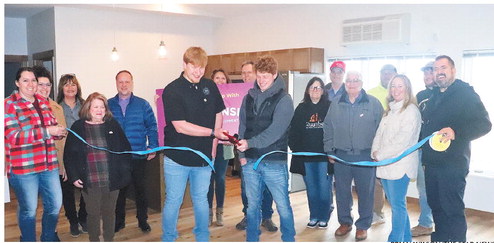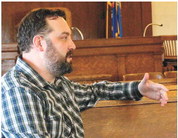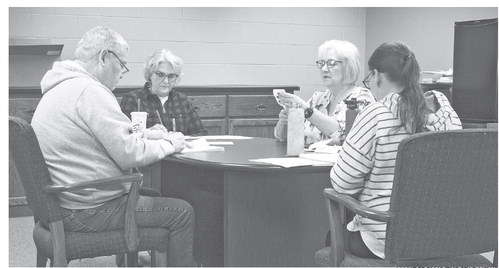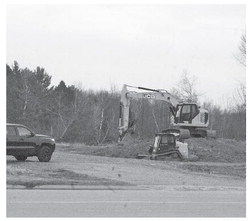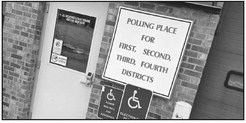Flexibility in housing options are key for community viability
Congratulations.
You have a job, a spouse, and are looking to start a family.
The apartment you lived in was fine when it was just the two of you. But you have the dream of owning a home with a yard where your future children can play. You dream of being in a community and having cook-outs and making friends with your neighbors.
For many people that dream is unattainable, especially if you want to live in rural communities. You watch the real estate listings like a vulture circling a slowly dying animal in the hopes that you might be the first to swoop in when something becomes available in your price range. Then you have to hope it doesn’t need too many major repairs like a new roof or a furnace.
You could always build new. But let’s hope you have deep pockets and a generous banker. While there are regional variations, home building groups estimate the cost to build a house in Wisconsin is $220 to $350 per square foot for a basic, builder-grade home with standard finishes not counting the cost of the land, wells and septic systems. Based on the popular sizes of new homes, this puts the starting cost at between $375,000 and $700,000 for a typical site-built home. To put this in perspective, it is about 6 to 11 times the median household salary for Taylor County.
Modern manufactured housing provides another option, with floorplans and amenities comparable to sitebuilt homes but at a lower entry-level cost. According to industry statistics, the average cost of a new manufactured home is about $120,000.
The challenge is that for many communities, those wishing to purchase and place manufactured homes face a swamp of restrictions and barriers based on outdated stereotypes and prejudice that kept “trailer homes” restricted to designated areas so as to not lead to neighborhood decline.
Fortunately, the city of Medford has been proactive in working to change that. Over the past two months, the city’s planning commission has worked on revising the residential codes to allow modern manufactured homes in areas zoned for single residential use.
Medford city leaders recognize that in order for the community to remain viable and a place for people to live and work, they need to break down the old barriers and recognize that modern manufactured homes are a far cry from what was available in the 1970s and 1980s when many of these restrictive codes were put in place.
The city is on pace to take action on amending its housing codes to be more flexible and give additional options to property owners to develop their lots. This is a good thing and is long overdue.
Other communities, especially in rural Wisconsin, need to follow the lead of the city of Medford and embrace changes in outdated housing codes and definitions and open the door to home ownership for new families.
Rural Wisconsin faces a population crisis. The number of new families is not keeping up with those of retirement age. Access to affordable family housing is a major factor that will separate thriving communities from place names on maps in decades to come.

